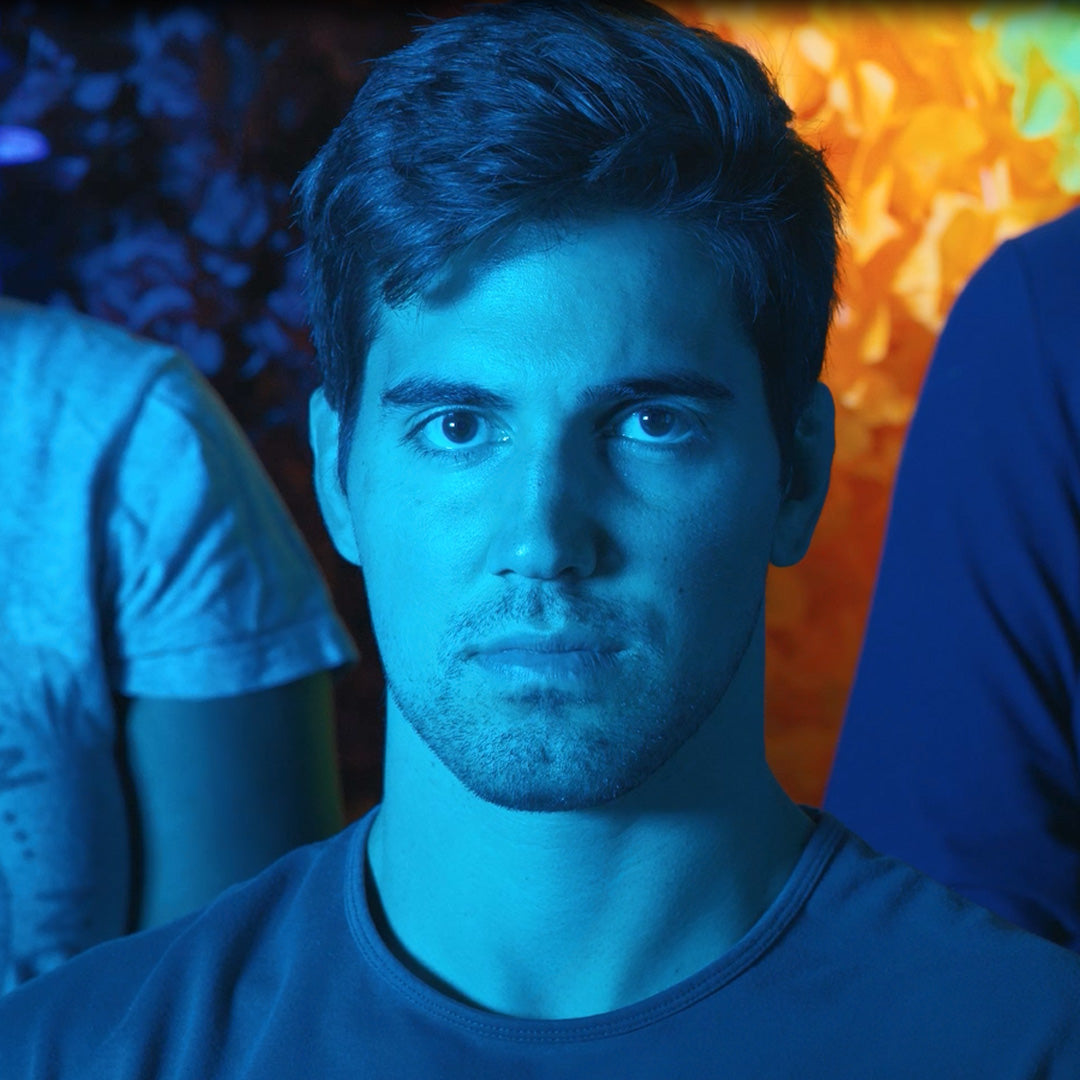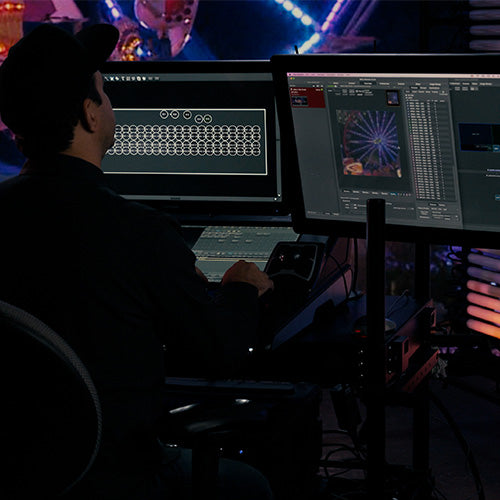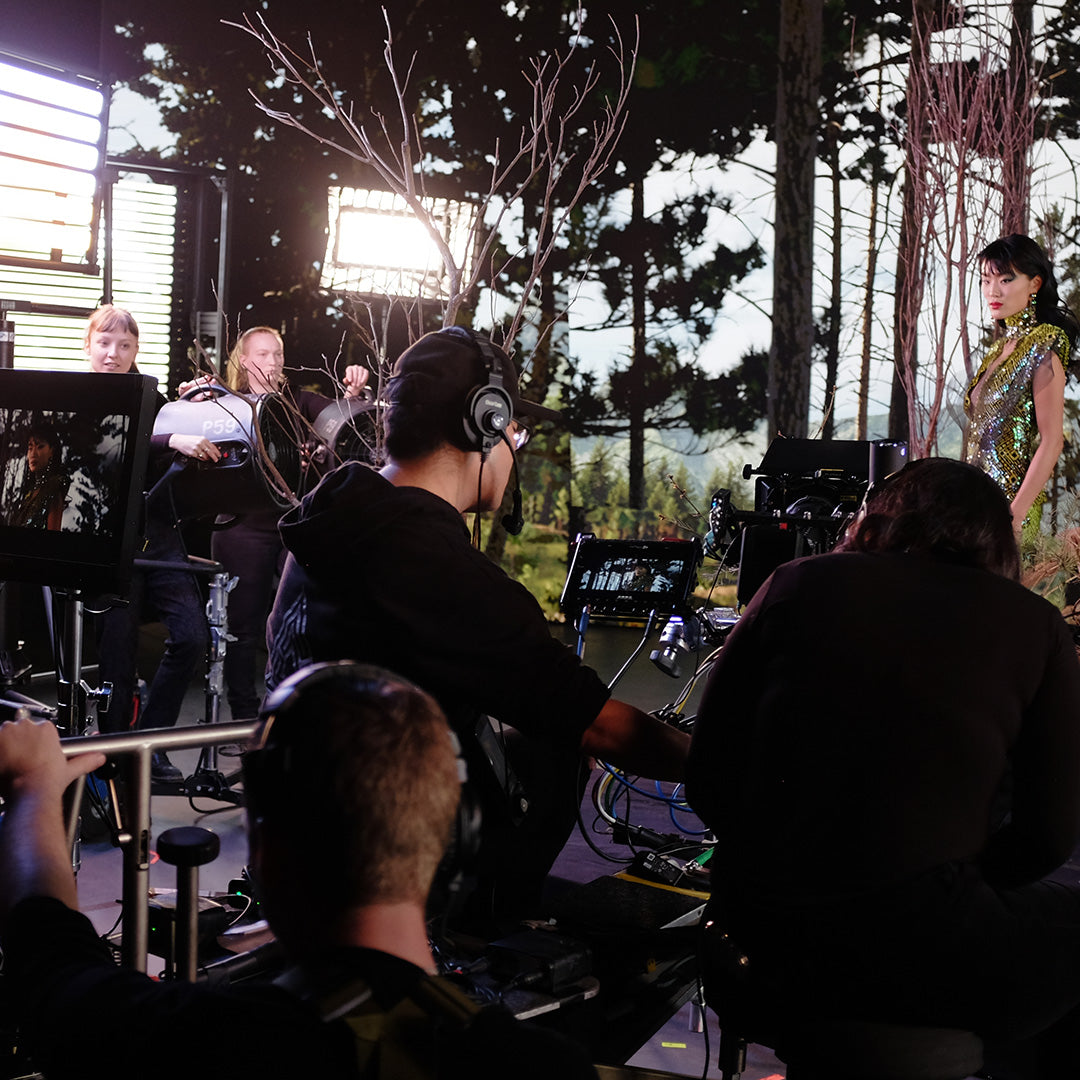Virtual Production & IBL
Combining set lighting with Volume Walls in virtual productions is the farthest frontier in motion picture lighting. We have only just begun to explore all the possibilities of this most modern and highly technical form of motion picture production.

Volume Walls are essentially backings made up of integrated LED panels that emit motion graphics or moving pictures. As of late, they have been used successfully in creating virtual productions, where locations are displayed on the volumes, mitigating the need to travel or even build sets, to some degree. Anything can be projected onto the Volume. So instead of working in a green void all day long, trying to imagine what is happening, one can now actually see the action as it plays out on the volume wall in real time. Advances in motion capture integrate camera movements to the volume, instigating the digital assets being projected onto the volume to move in tandem with the camera, changing the perspective as if in the real world.
Matching LED light fixtures to the Volumes has become another exciting manner in which they are being used. And when using Image-Based Lighting (IBL), another creative concept now made possible by densely pixelated LEDs, having effective color control is essential.
Solutions
Quasar Science has been working on these issues from the get go. They have developed a handful of tools to ameliorate these problems. In the process, they have designed an outstanding RGBX color engine in two versatile light fixtures, the Rainbow 2 and Double Rainbow. The ‘X’ in the color engine consists of two ‘white’ diodes, 2000 and 6000 degrees kelvin, which the RGBX color engine uses to do much more than blend colors.
Foundationally, each Rainbow 2 and Double Rainbow emit high fidelity light, with SSI ratings of [CIED 5600] 76 and [P2250] 91, no matter which of the over 1 billion color combinations they can produce.

(Spectral fingerprint of RGBX. Please contrast to RGB spectral output.)

(Here we have an example of how the spectral output of the Rainbow 2 and Double Rainbow can be manipulated to match other manufacturers.)
Secondly, with the addition of the white diodes, the Rainbow series has a full spectrum. Every wavelength between 450 and 700 nanometers is present, ensuring that subjects are portrayed accurately, without any unexpected or undesirable color shifts.
But we’ve buried the lead.
With a full spectrum of optimally calibrated white and saturated light, the Rainbow 2 and Double Rainbow have the ability to control the quality of spectral output. Essentially, you can dial down the spectrum, degrading the quality of spectral output. This may seem counterintuitive but may at times be a needed device. The Rainbow can match the spectral output emitted by other manufacturers or diode set-ups that might have a less robust spectral fingerprint. This is a powerful tool when seeking to consistently match the output of other units.
Furthermore, the Rainbows have protocols specifically designed to receive and convert VRGB signals into optimally calibrated RGBX. This is essential when working with IBL, either in a traditional production, or especially in a Virtual environment.
Quasar Science has packed other fine tuning to other controls:
The natural shift to cooler or warmer CCT when applying +/- green has been addressed. Now, whenever tint correction is applied, the Rainbow 2 and Double Rainbow automatically compensate for the CCT drift so that only the color correction changes. This eliminates the drift in CCT.

Hue Intensity Equalization ties saturated colors to an appropriate white light. For the first time, metering output can be done with confidence, removing the guesswork of exposure. Furthermore, HIE eliminates clipped color channels, so you will know what you are going to get in the end.
The Rainbows incorporate the psychophysics concept of Just Noticeable Difference, or JND. Across the white light spectrum from 1750 to 10,000 degrees Kelvin, the differences in color temperature are more visually apparent at the lower end of the spectrum. Thus, in manual mode, the Rainbows advance color temperature in evenly distributed steps of noticeable difference. This makes for a far smoother and even advance from one end of the spectrum to the other.

Looking Ahead
The last several years have been a whirlwind of technological advances influencing creative choices and workflow. New tools have inspired novel ways of telling stories, with lighting becoming an ever more artistic expression while concurrently requiring much more technical skill and knowledge. With the arrival of densely pixelated LEDs capable of full spectrum lighting, IBL is transforming from a dream to a powerful lighting concept destined to alter, yet again, what it means to light a set.







